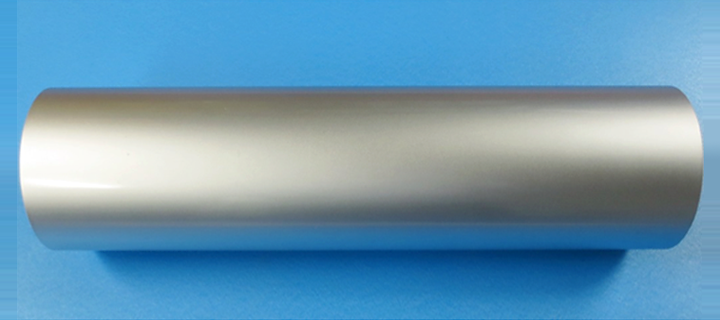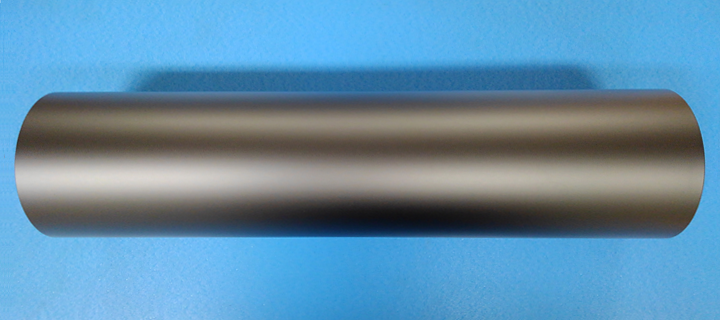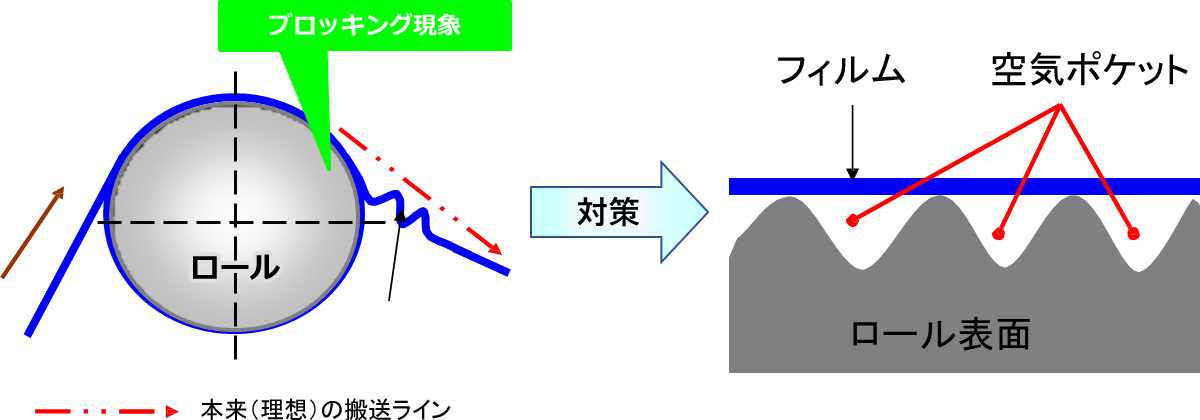 Miyako Roller Industry
Miyako Roller IndustrySaitama prefecture, 340-0027 JAPAN
 Miyako Roller Industry
Miyako Roller Industry

Antistatic Smear-Prevented Type
Conventionally, satin plating was applied onto the surface of a guide roll for better film exfoliation. The film surface easily gets damaged as the base material of a film becomes thinner. By fully using our experiences in grinding technology, we have established grinding technology for reducing damages onto a film while being fed caused by a satin plated roll.
If the surface of a roll is mirror-surfaced or smooth, the space between a film to be fed and the surface of a roll creates a vacuum state, which vacuums a film and accordingly causes wrinkles on the film. To prevent such a trouble, satin finish is applied to the surface of a roll to make some space between a film and special projections of the roll surface so that the air can be released. Making the space can reduce a blocking phenomenon that occurs on the film.

Hard chrome plating (mirror surface finish or satin finish) is used for guide rollers installed in the film manufacturing line for multiple applications. Hard chrome plating is treated onto the surface of a roller after satin finish is treated for a better film exfoliation especially in the feed process.
This is a roll grinding technology to prevent scratches or damages on the surface of a roll that occur after satin finish is treated.